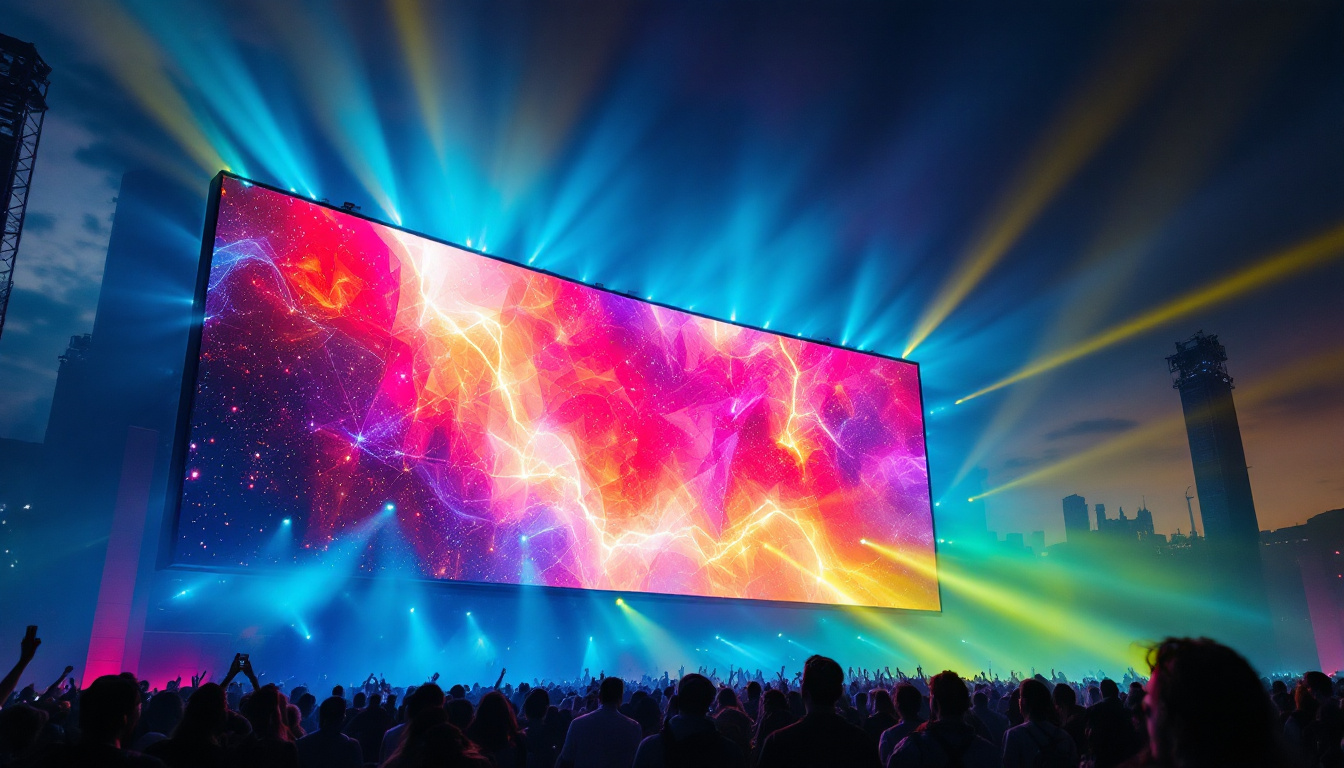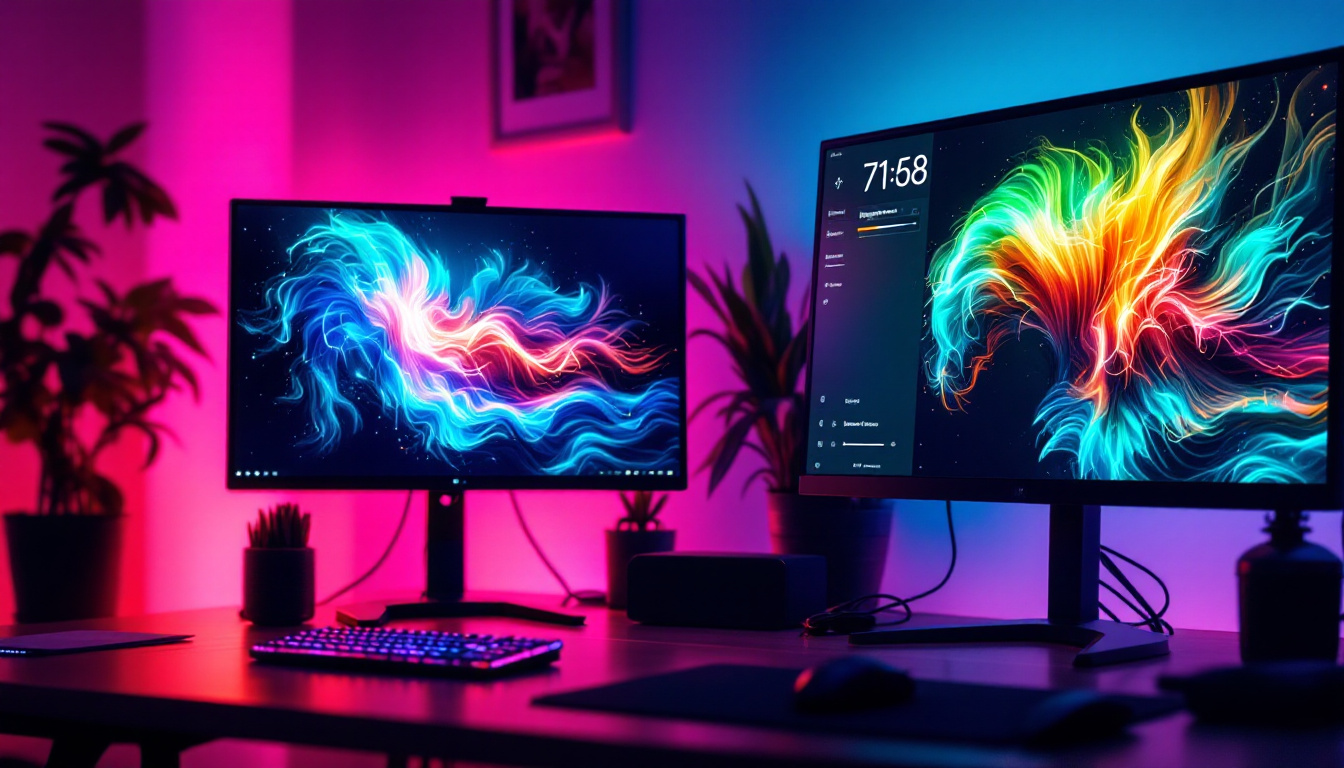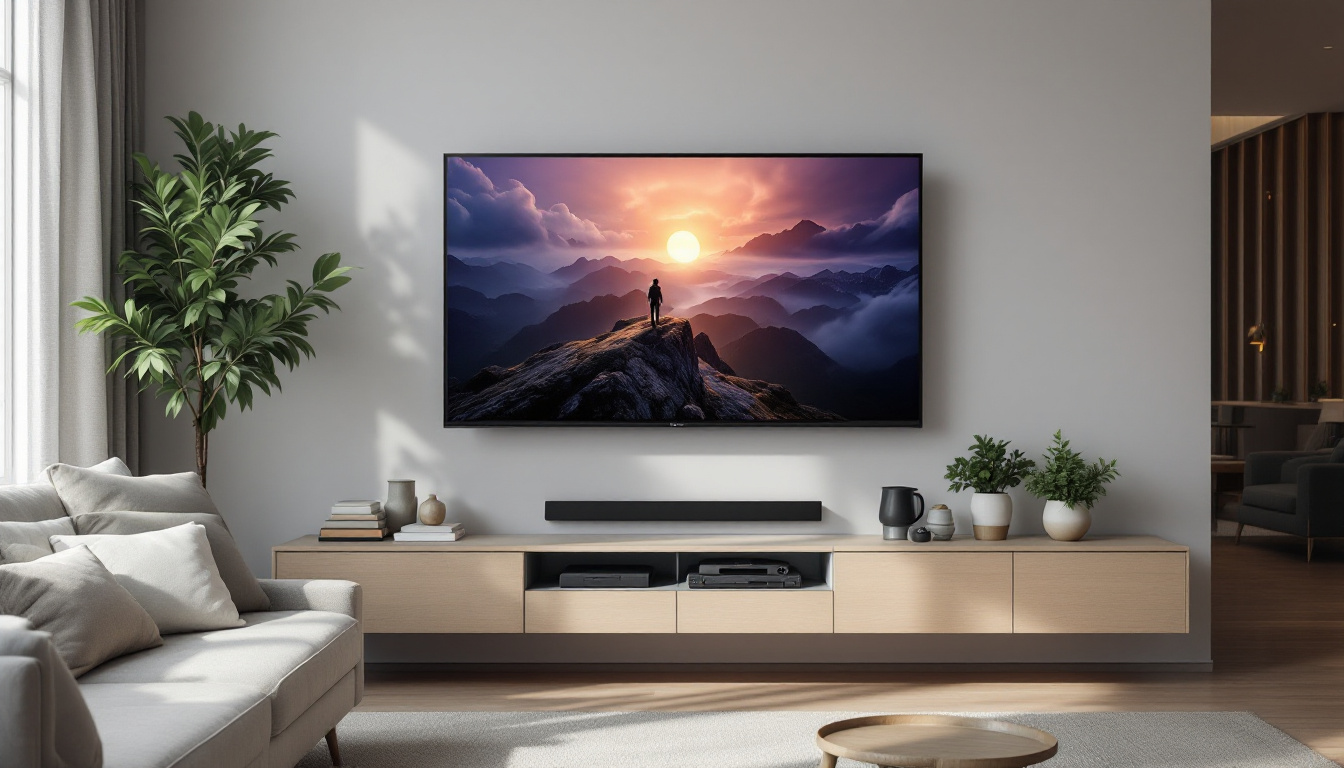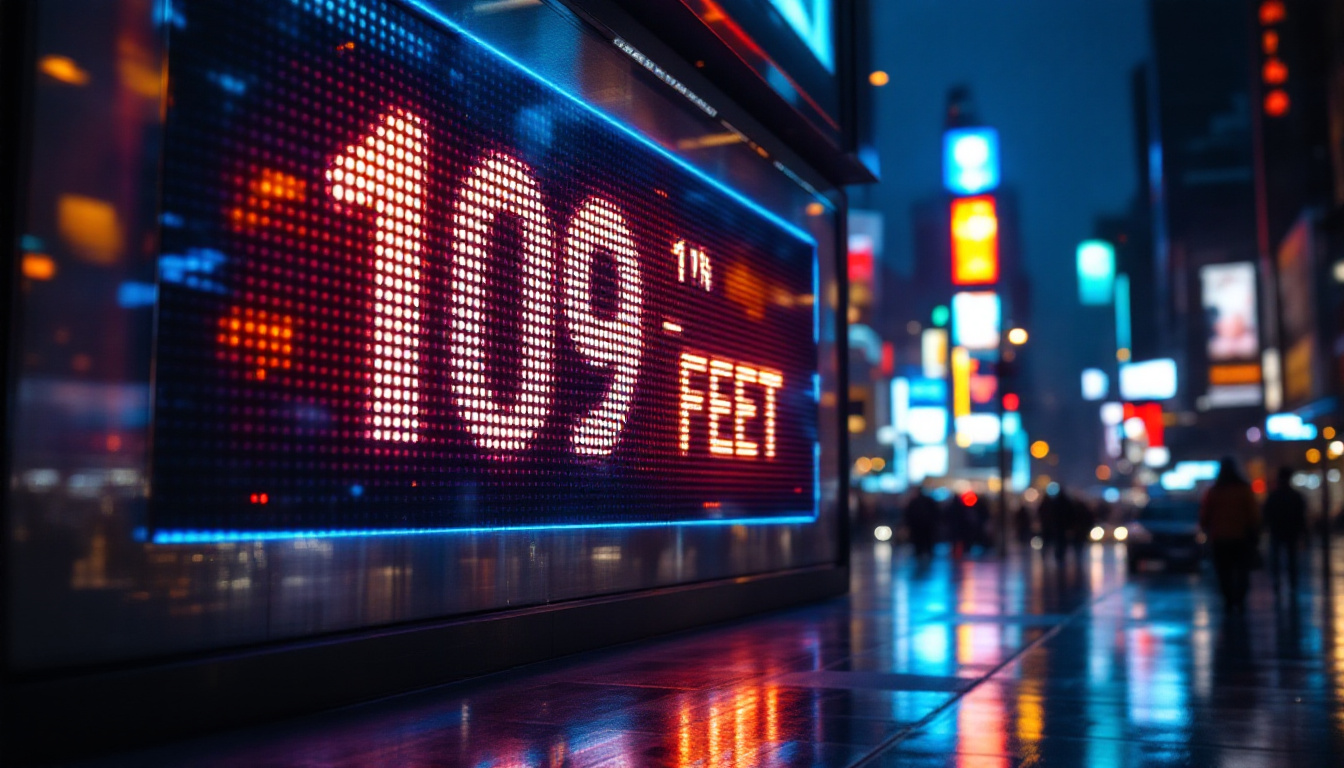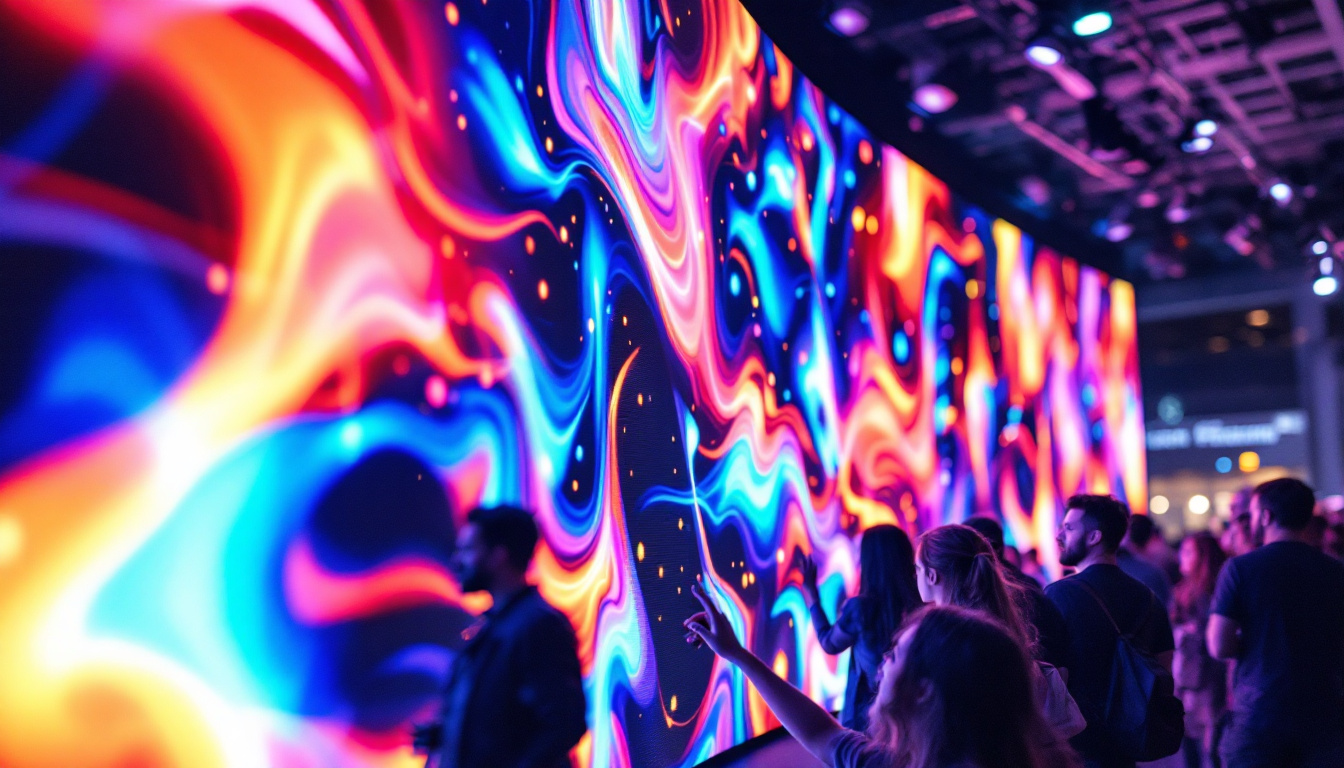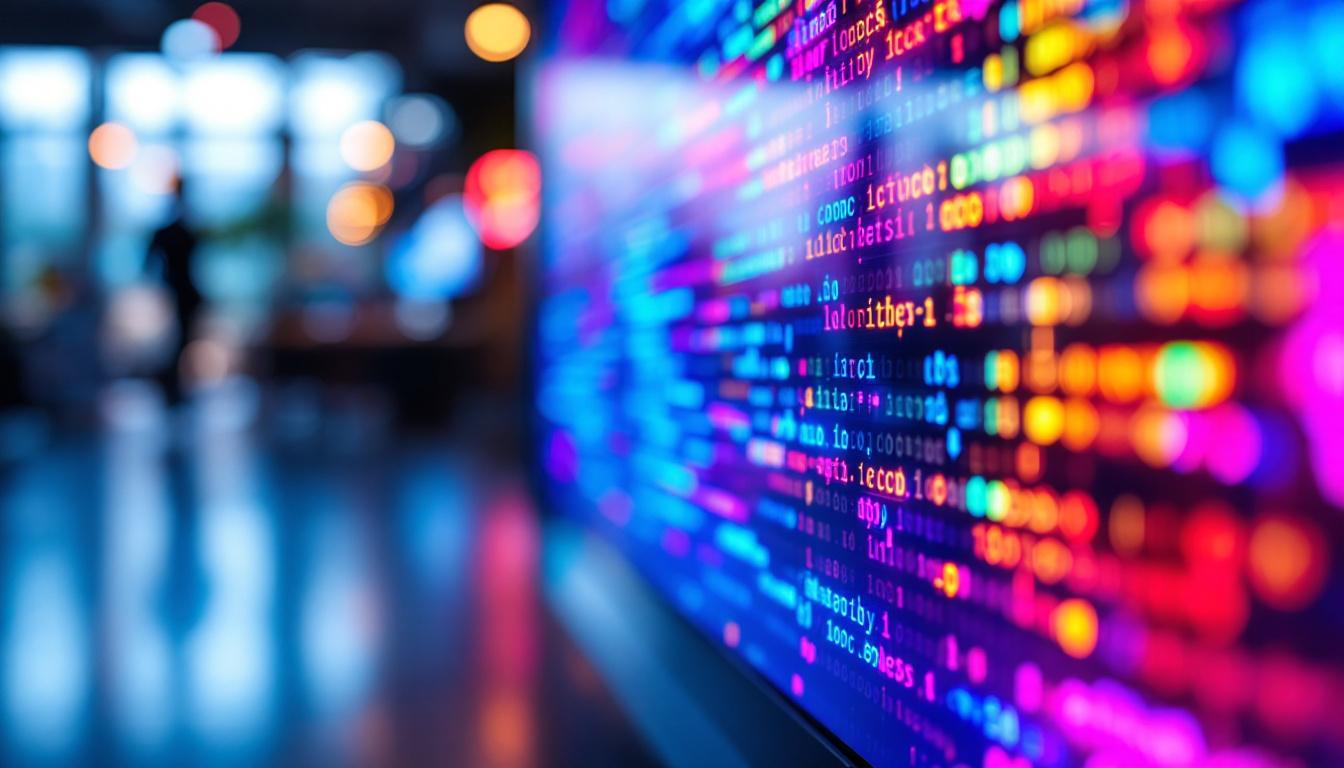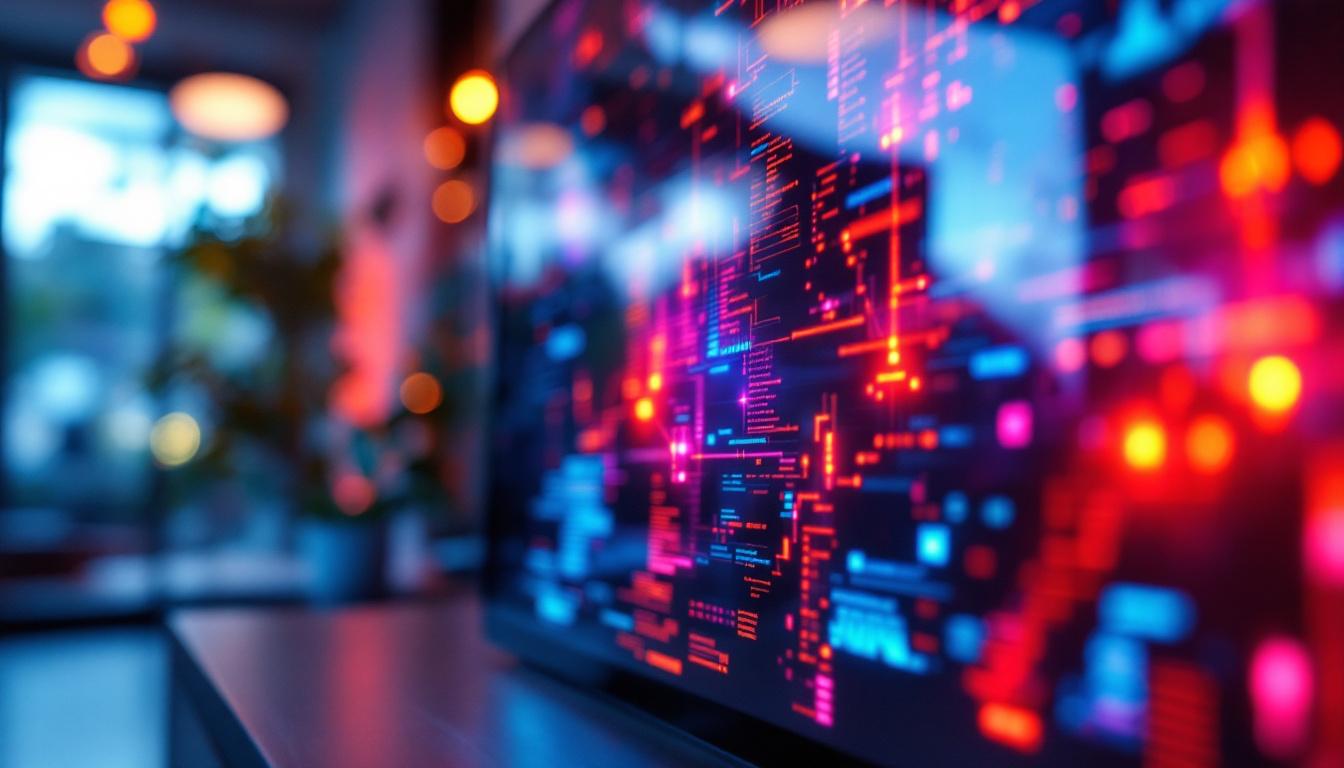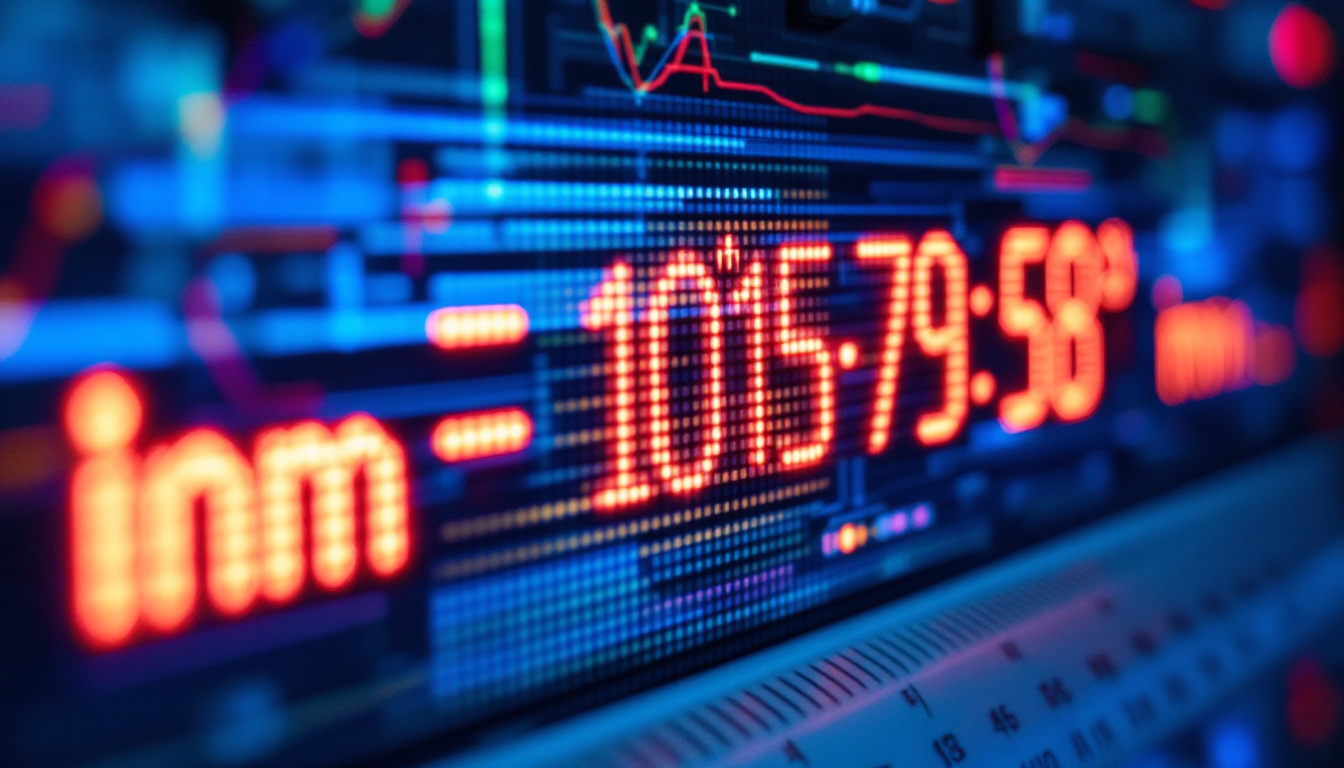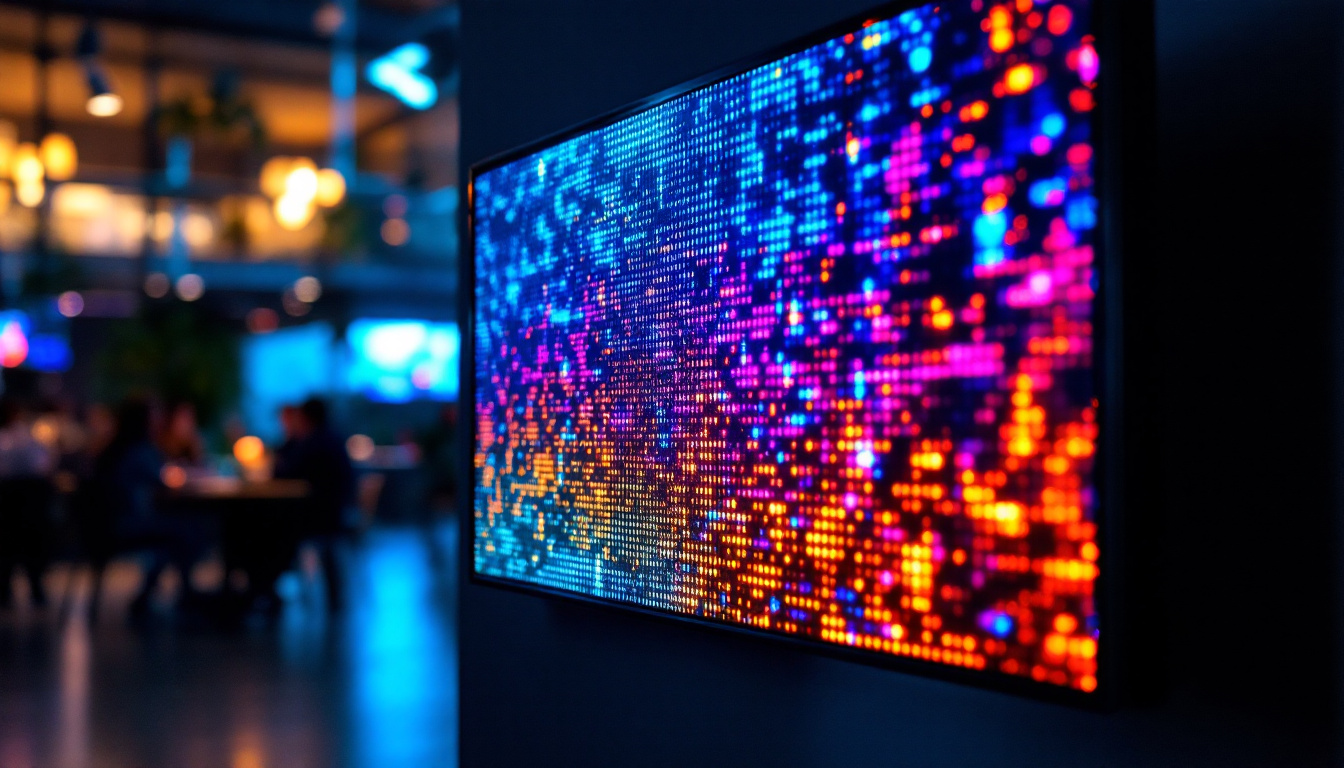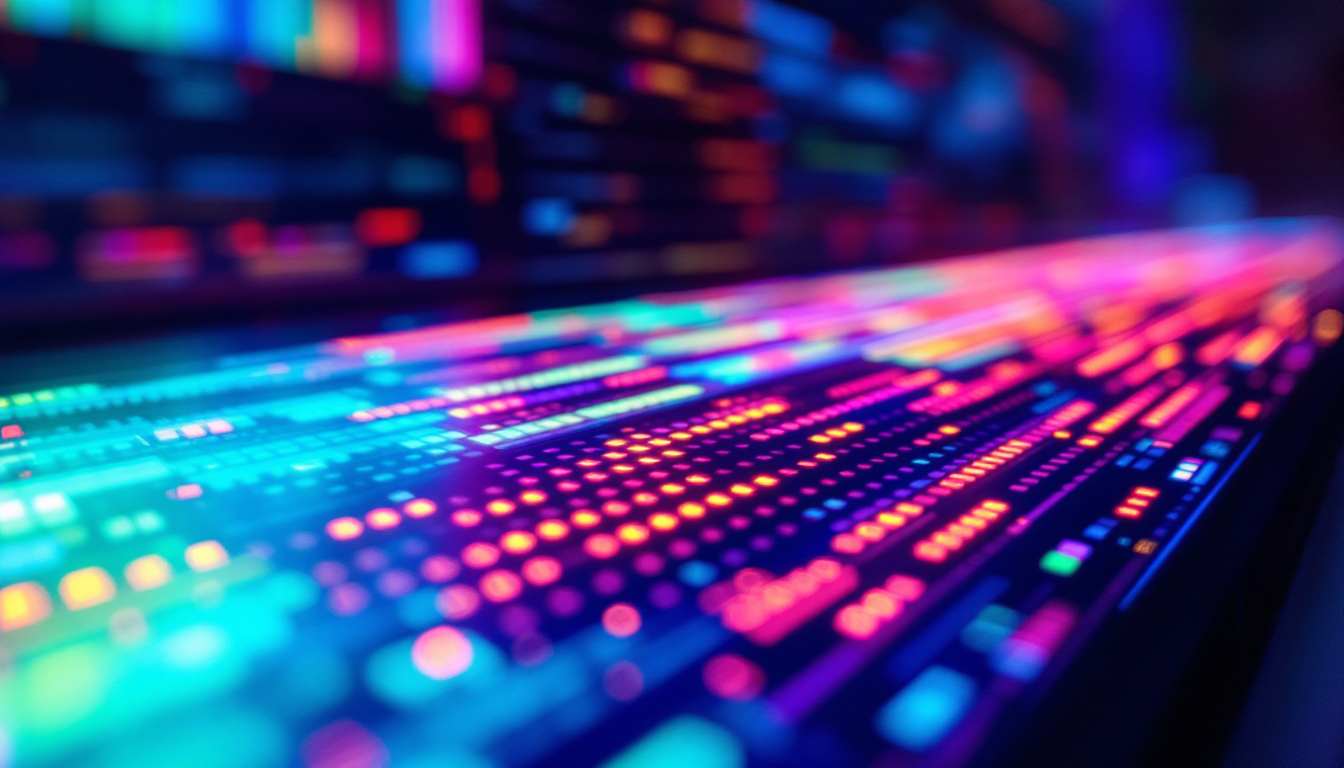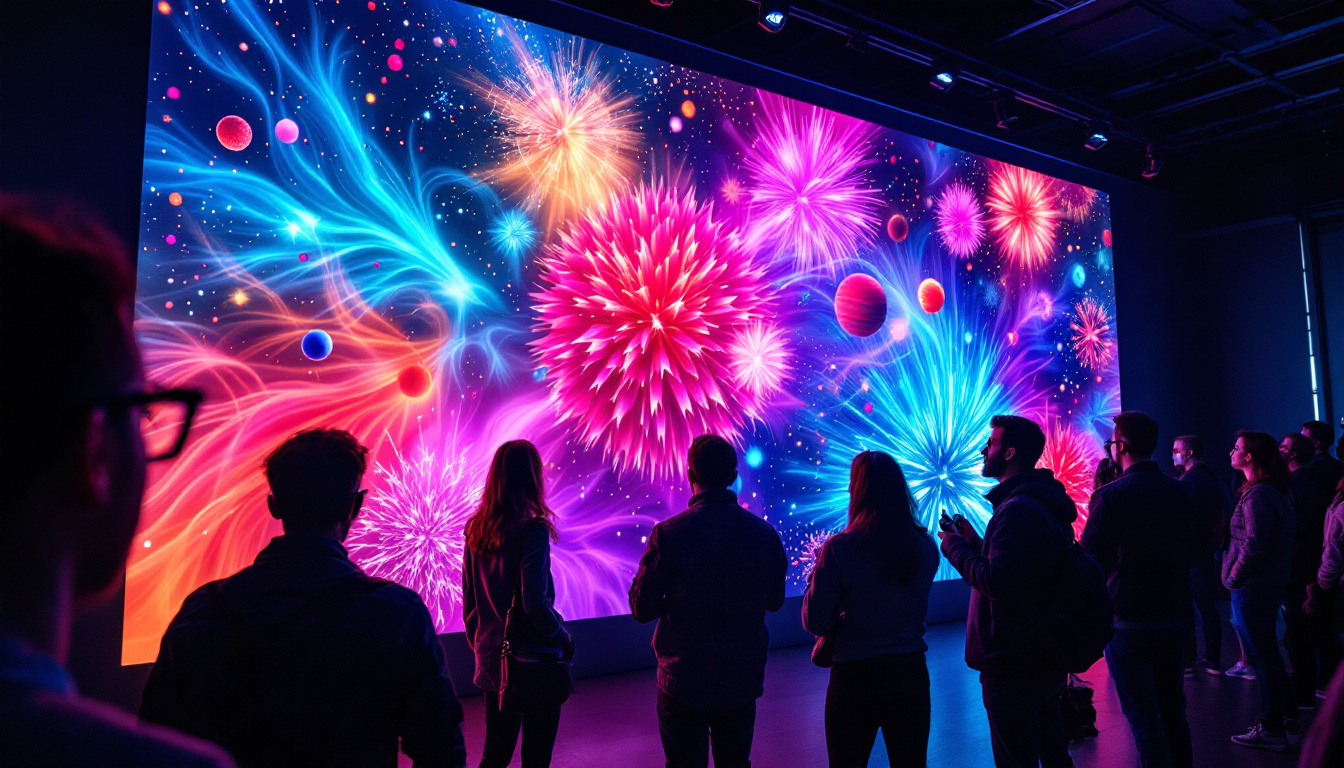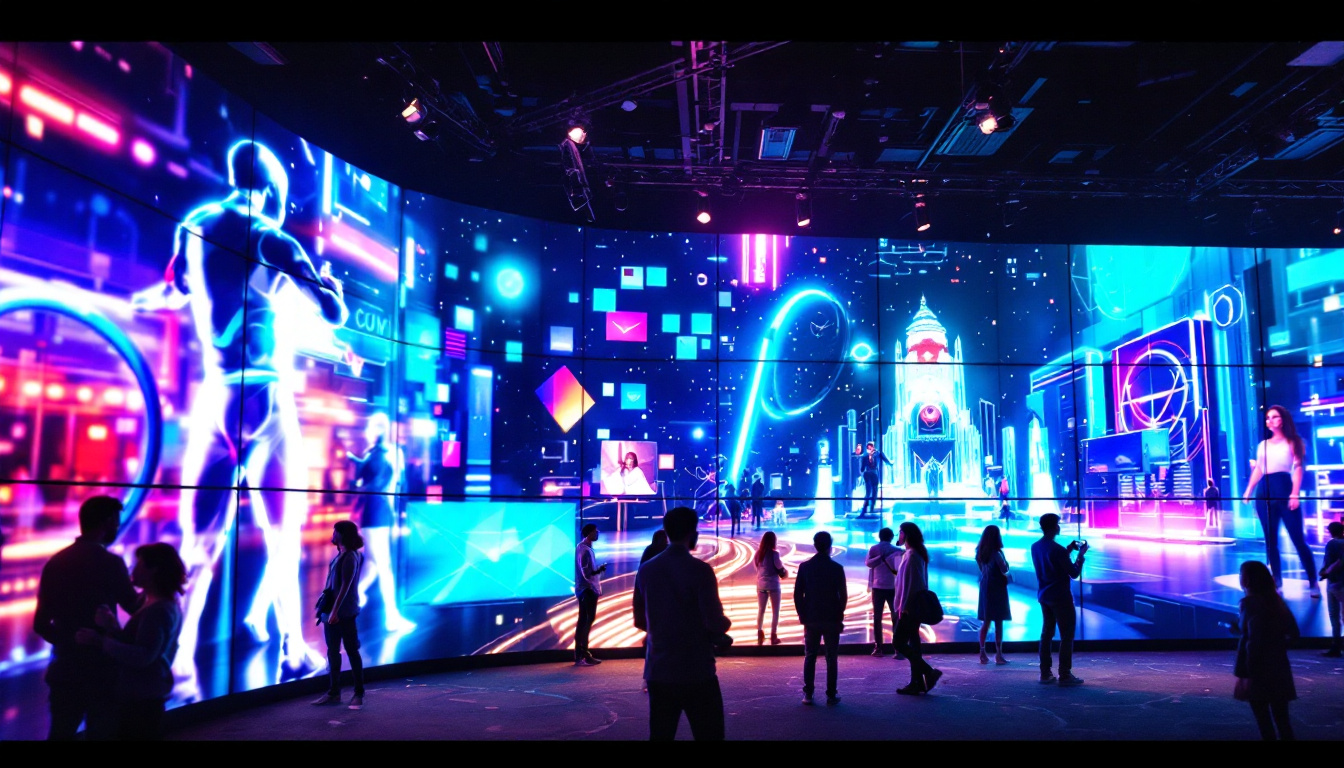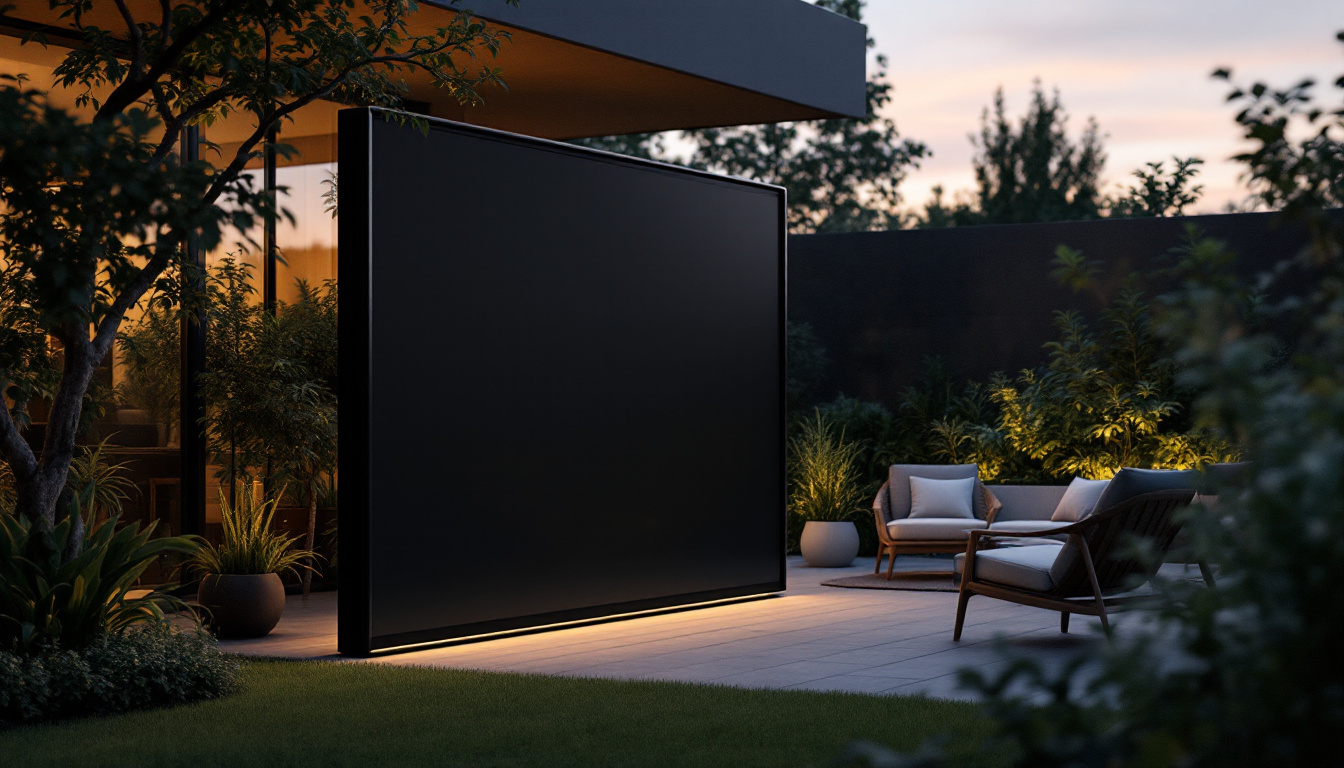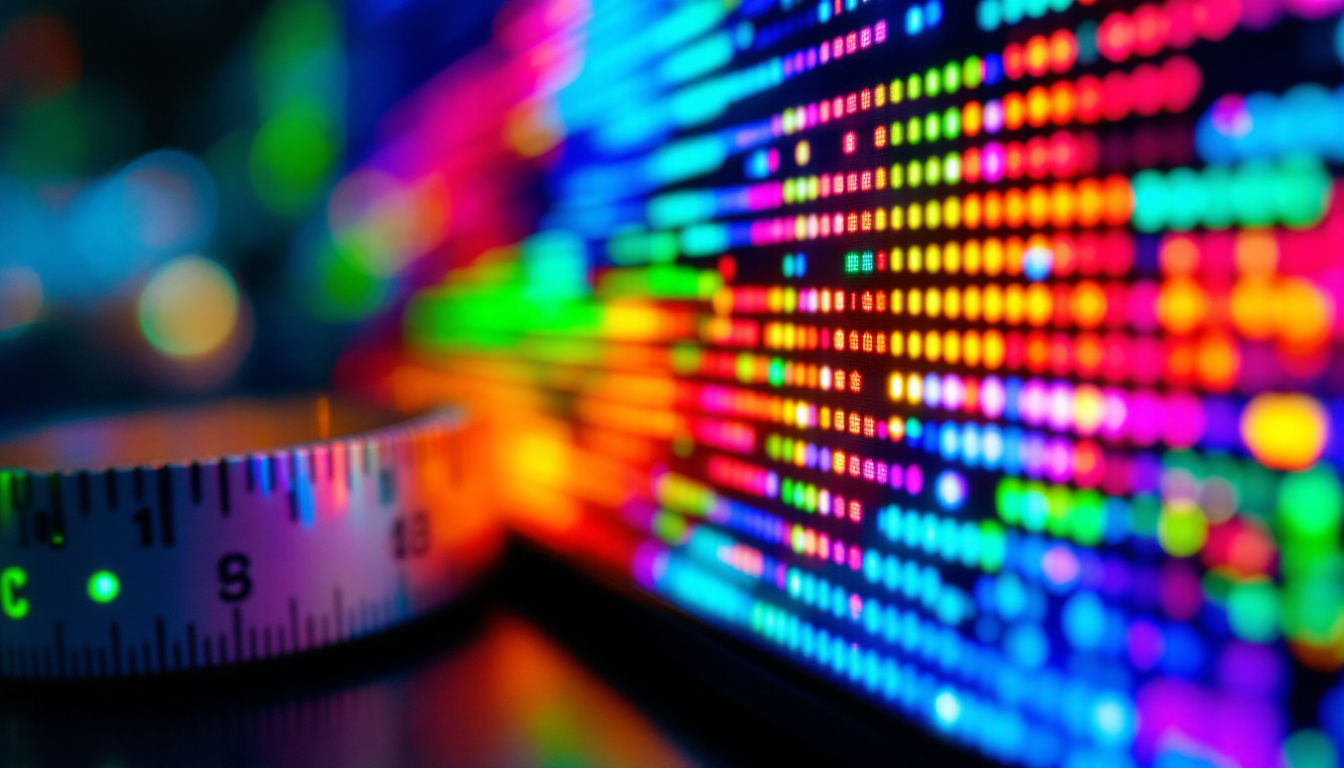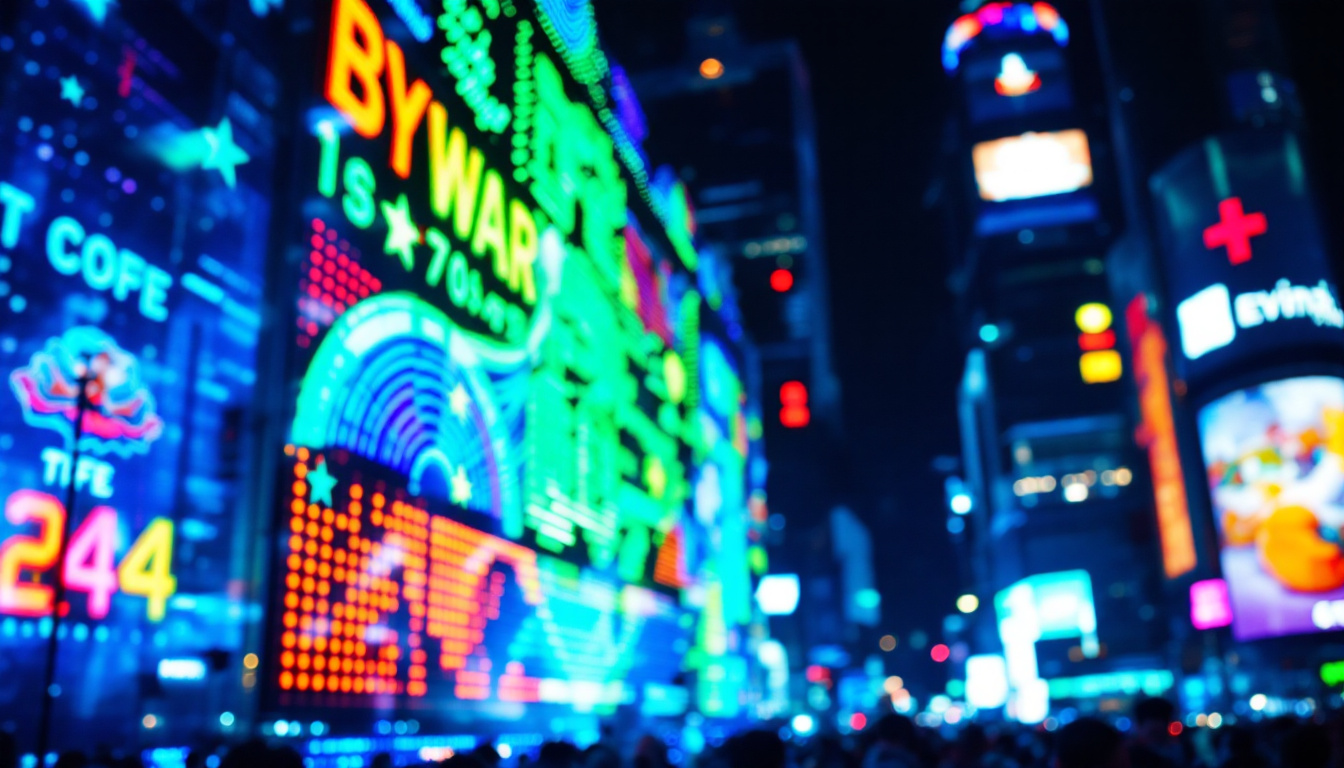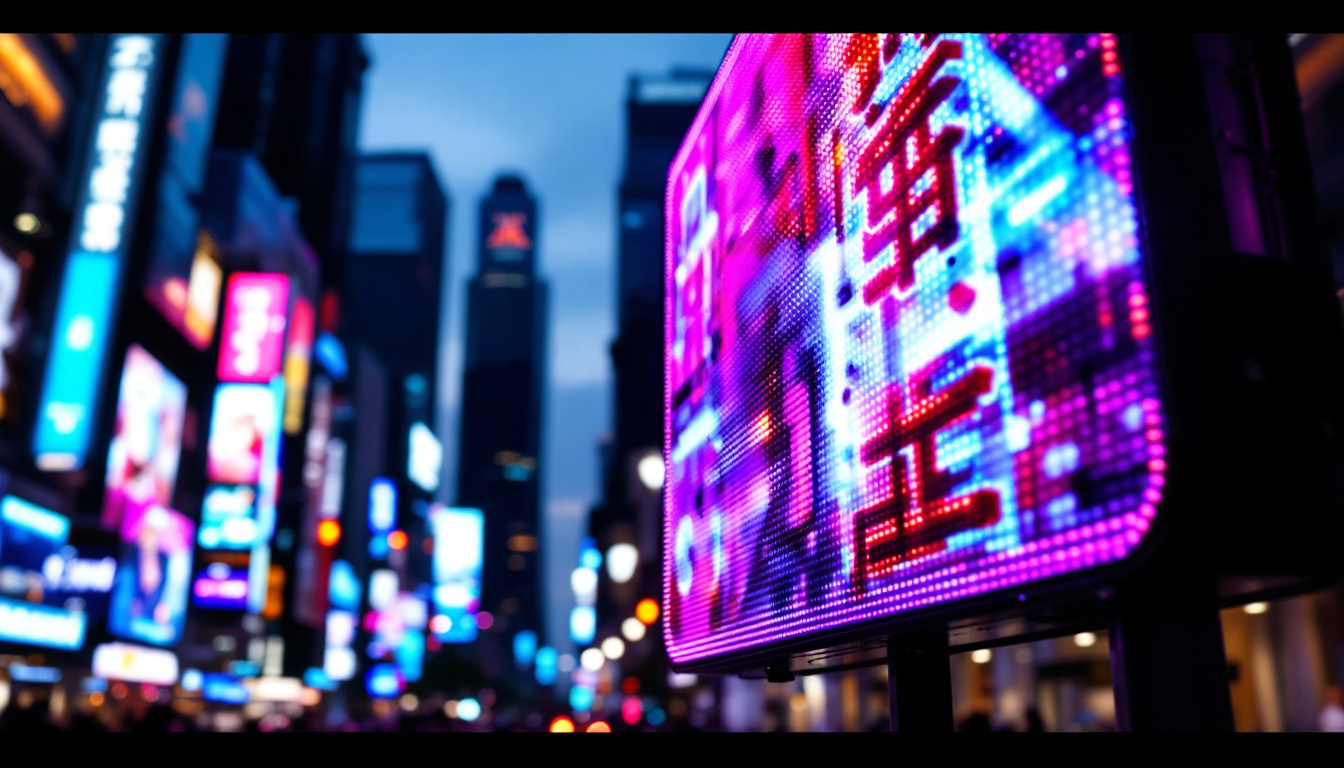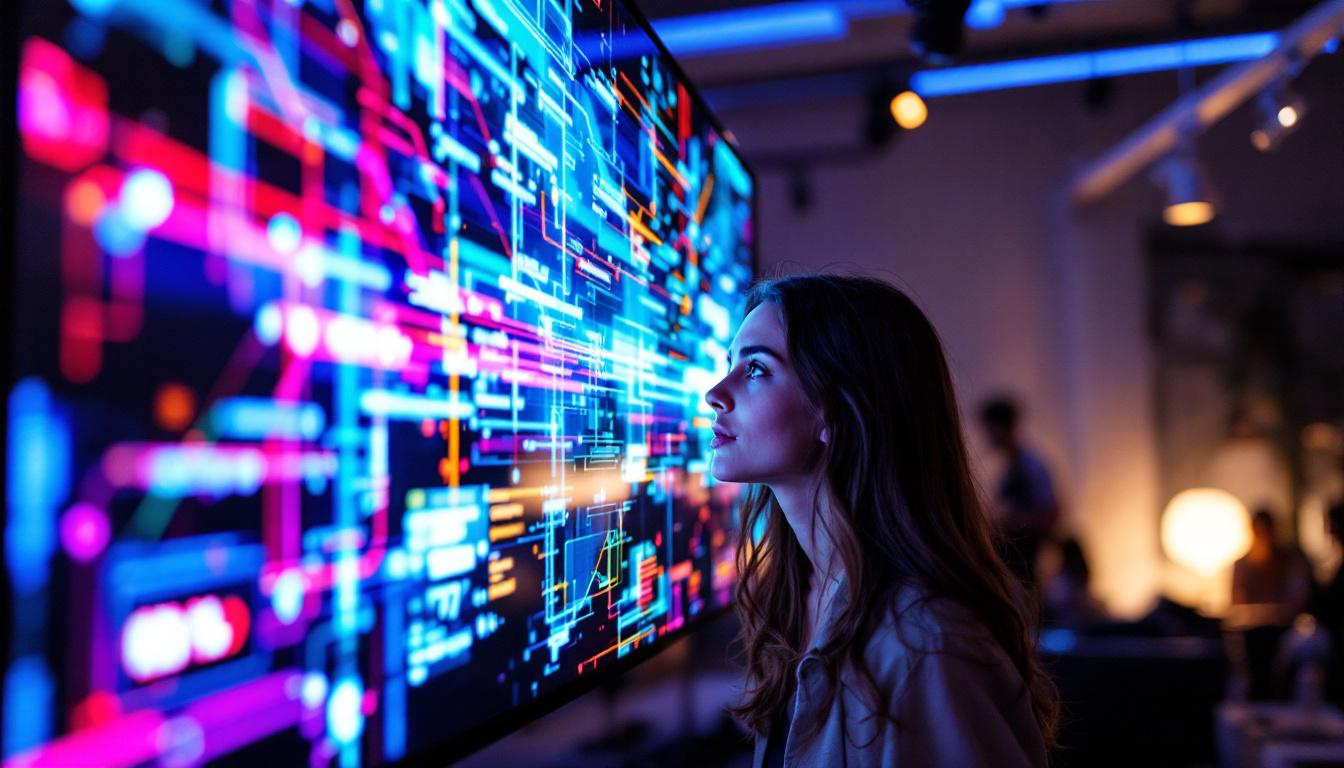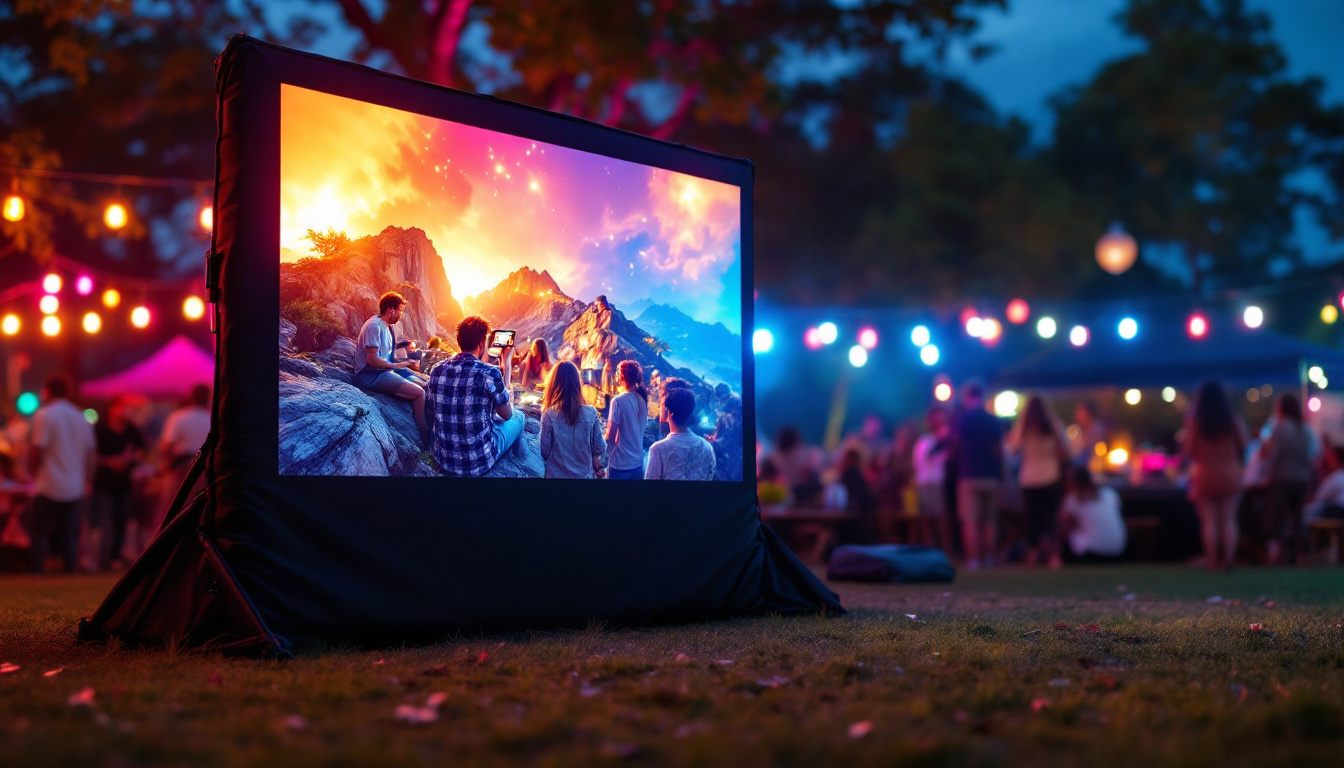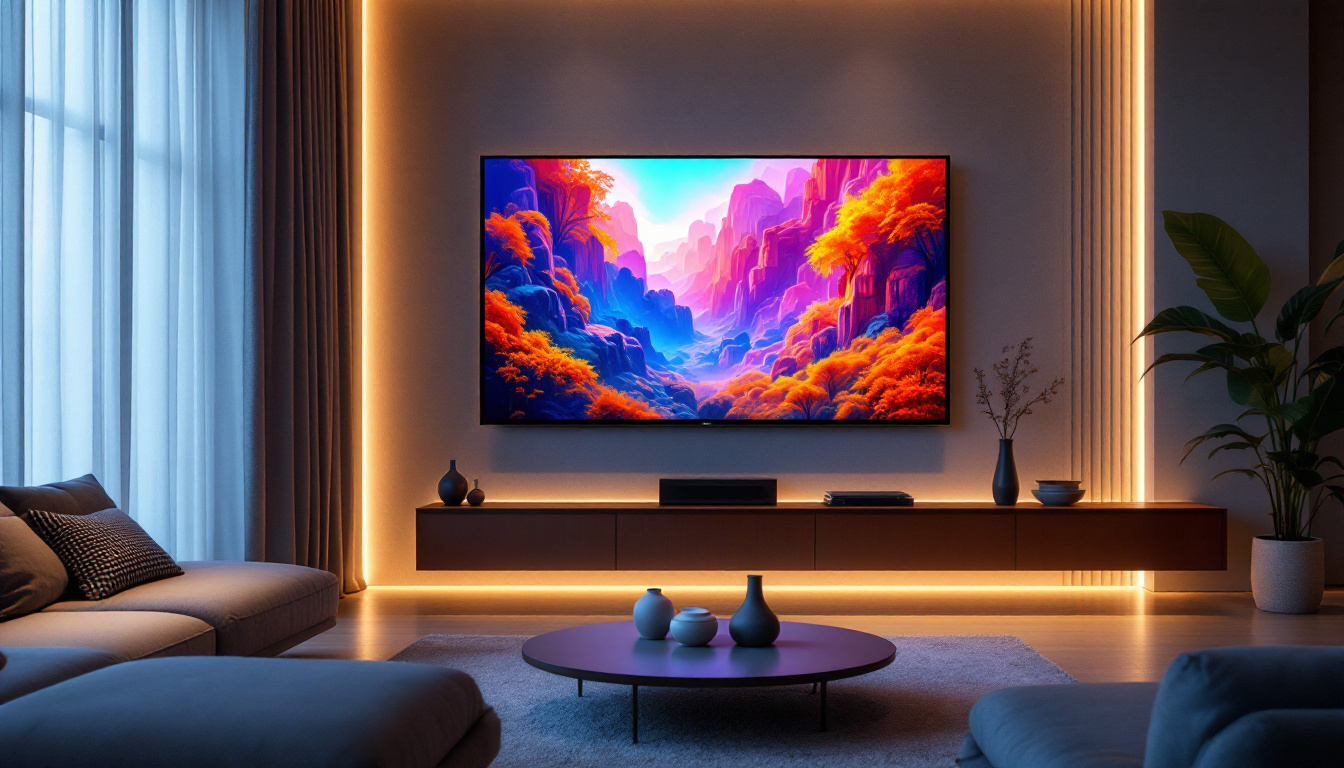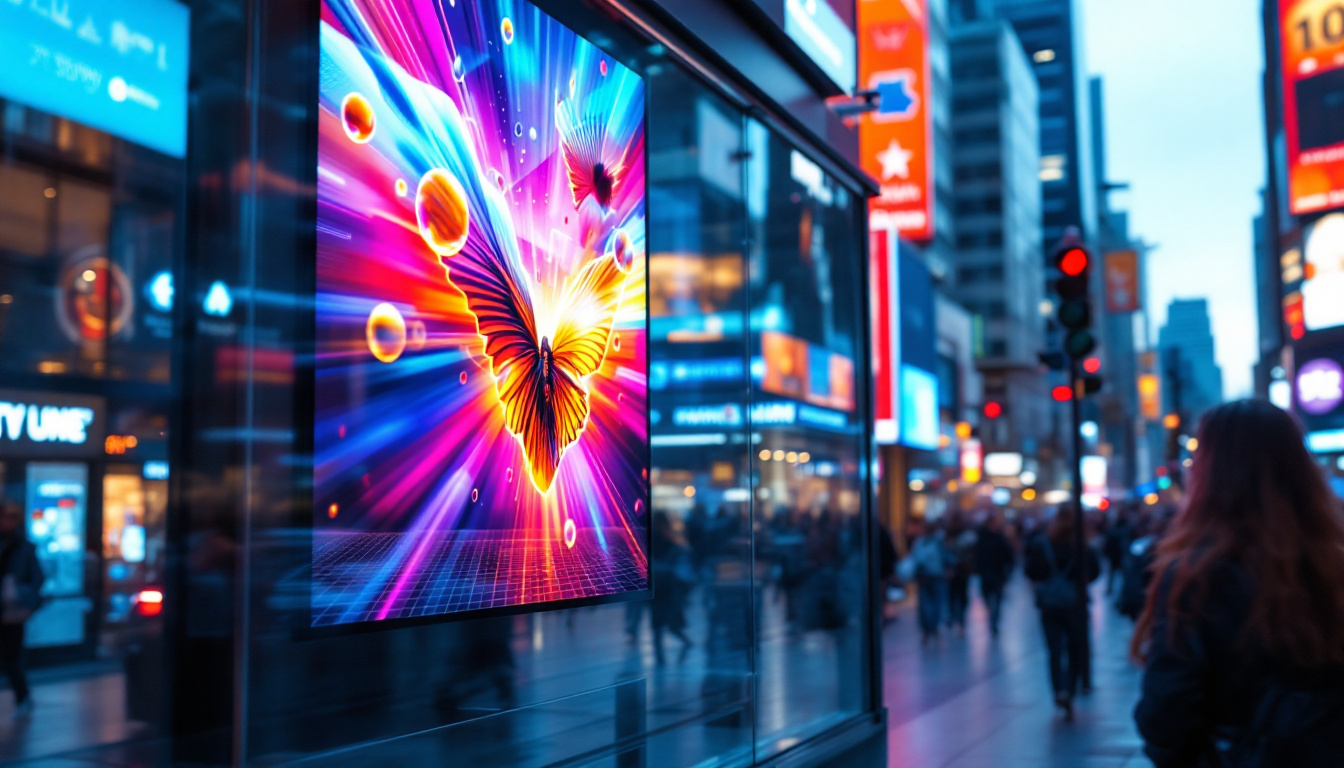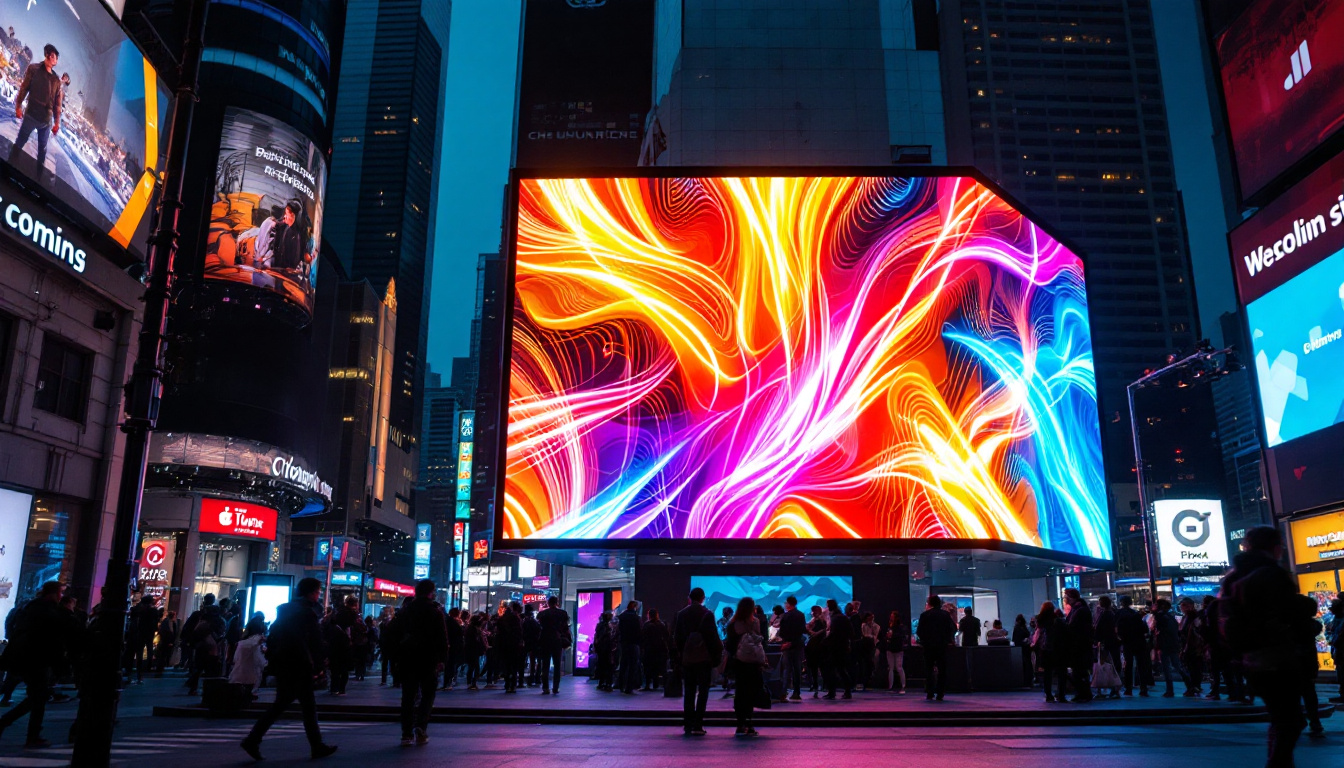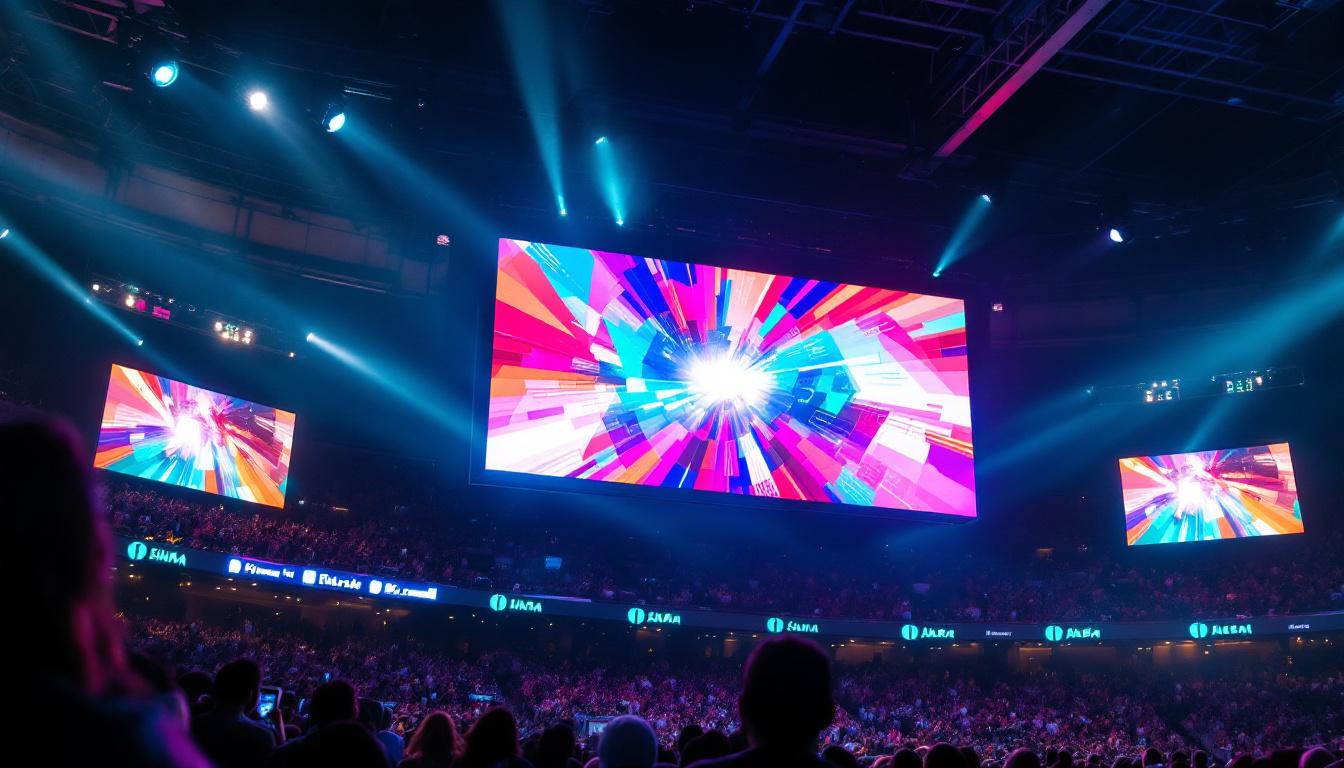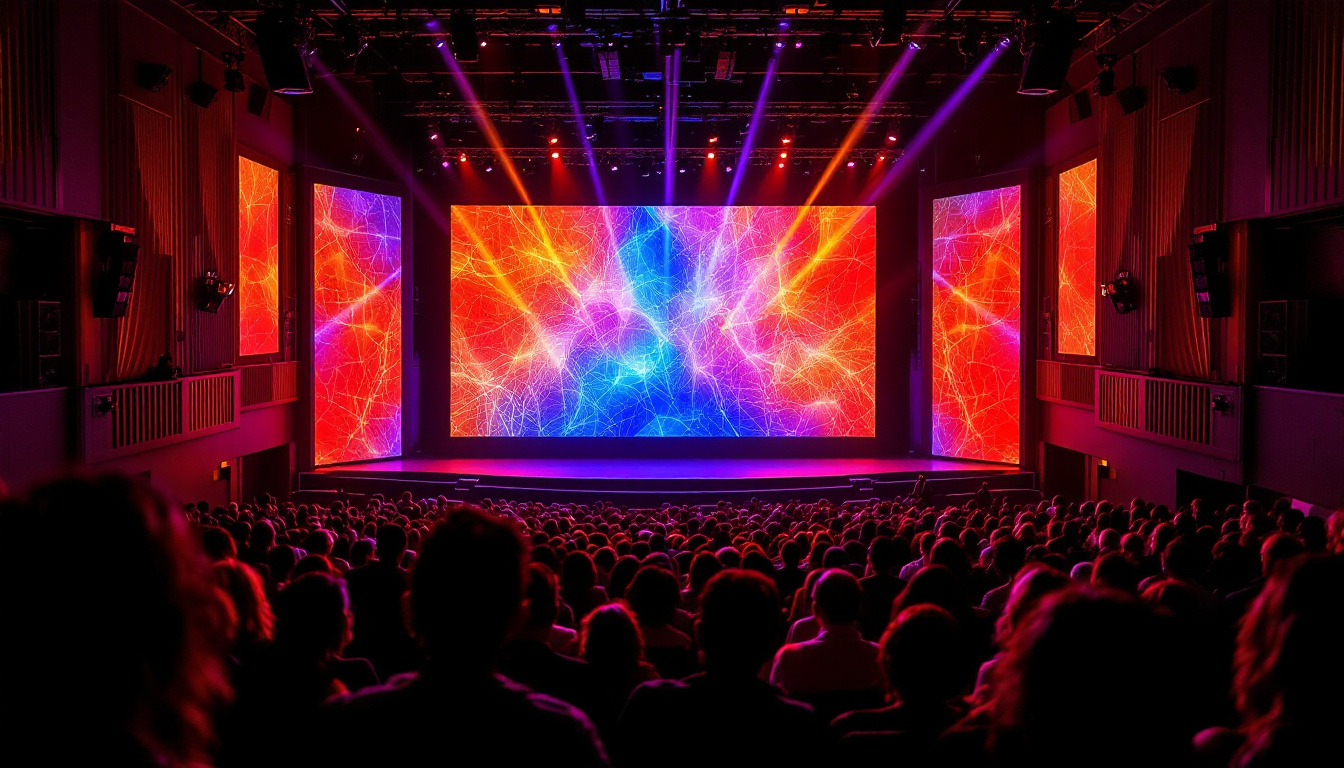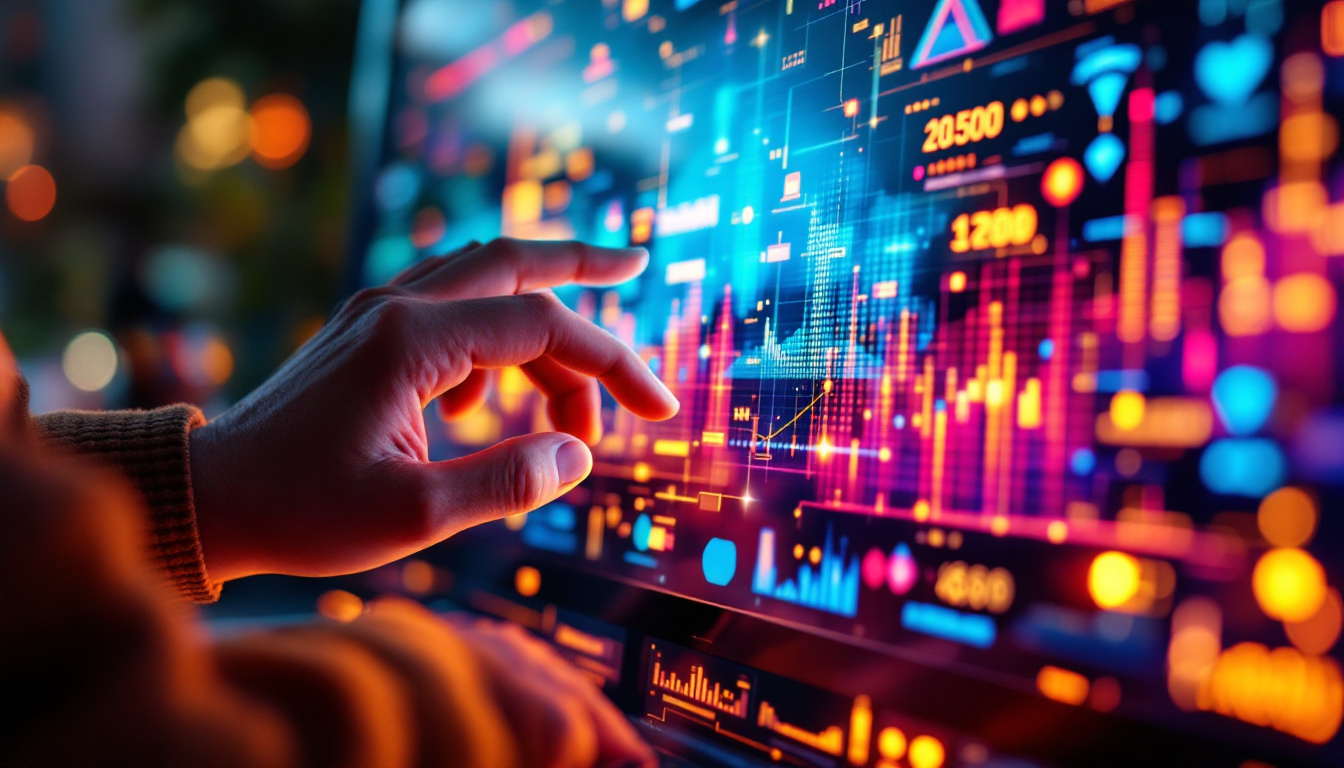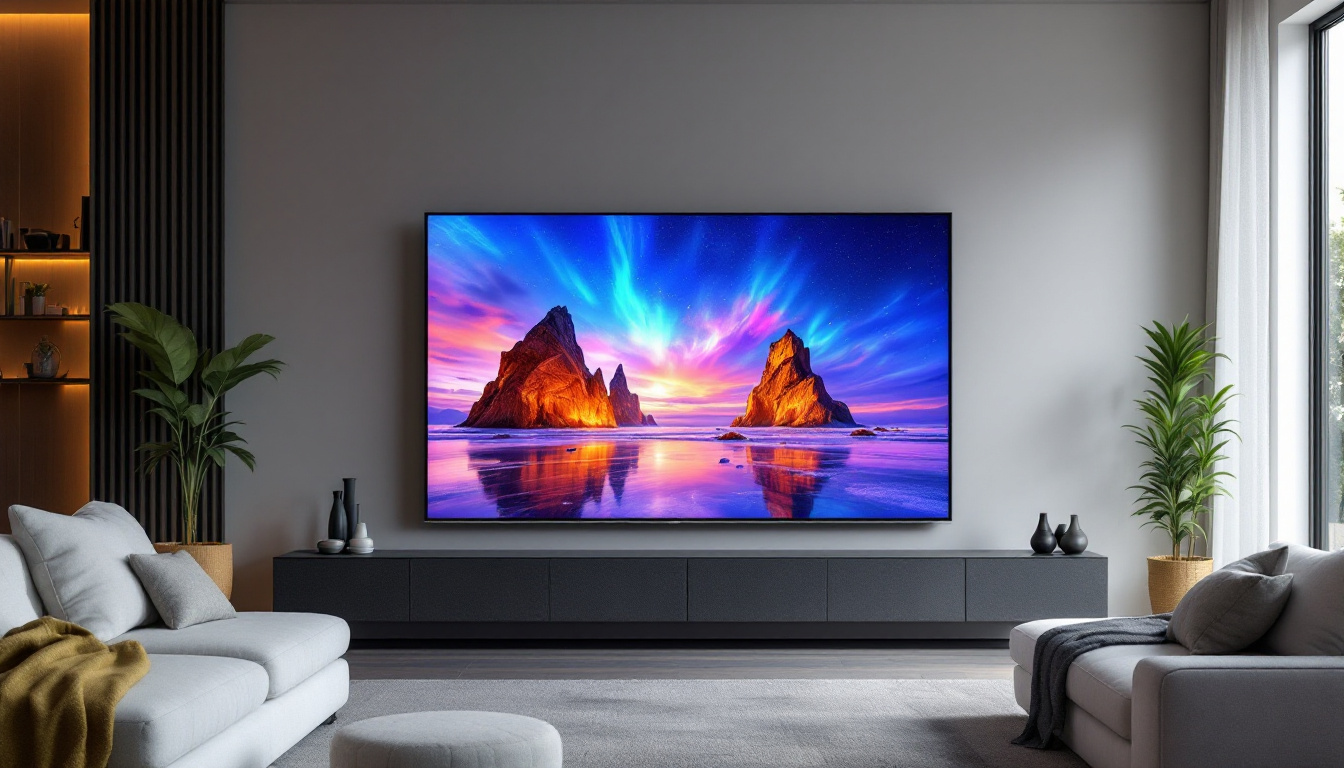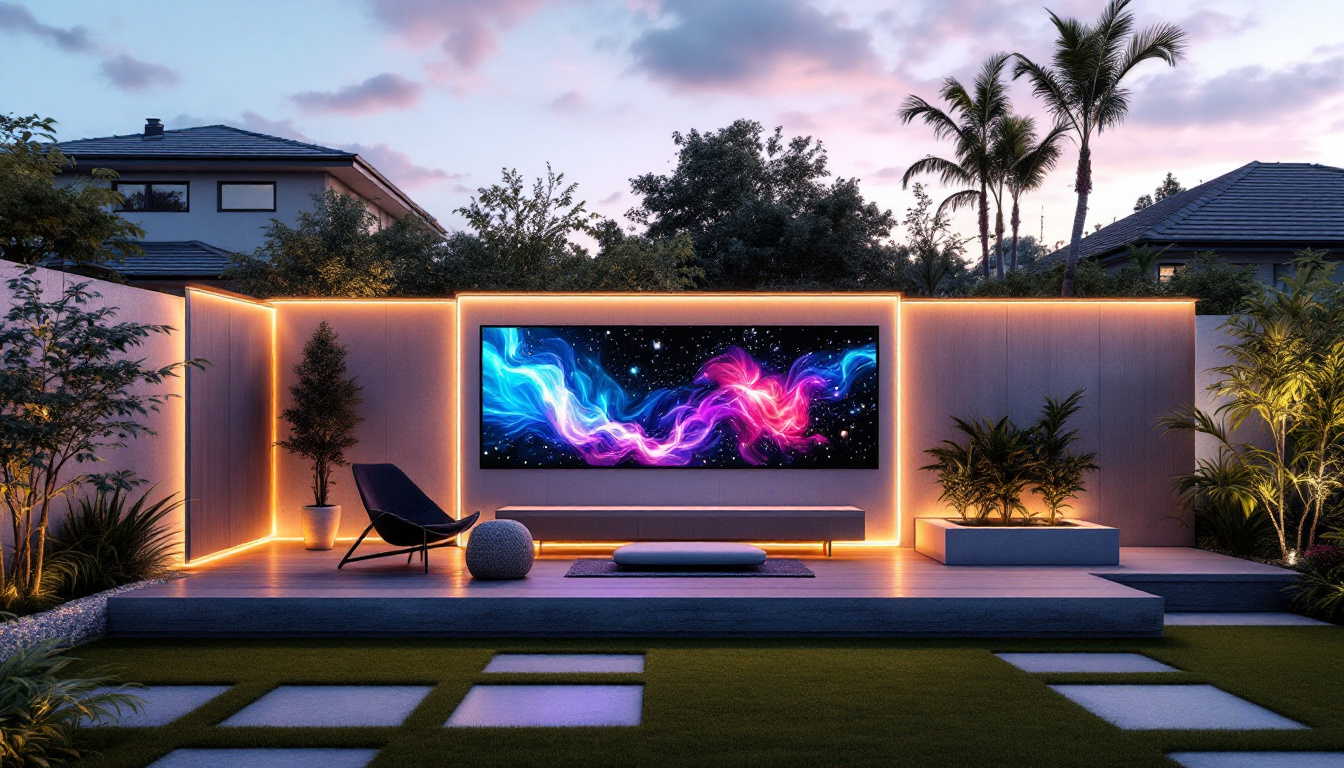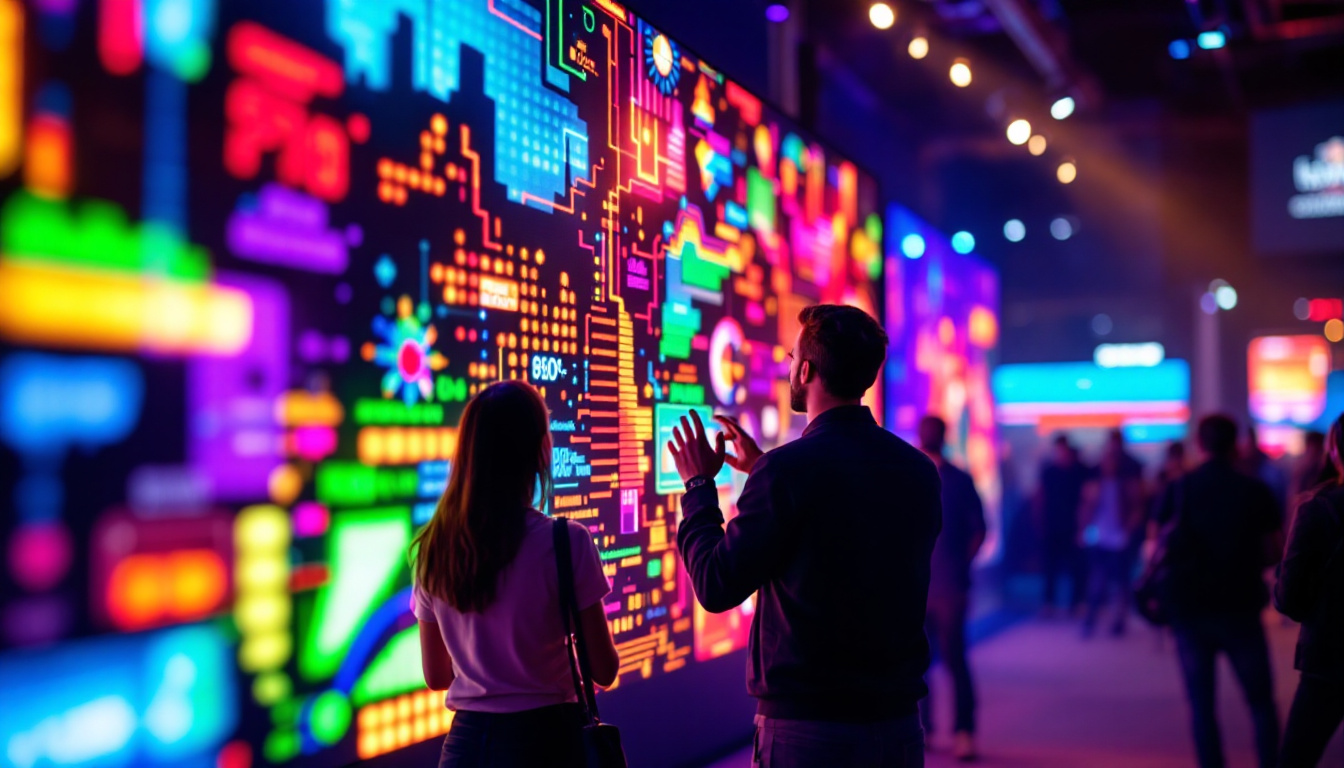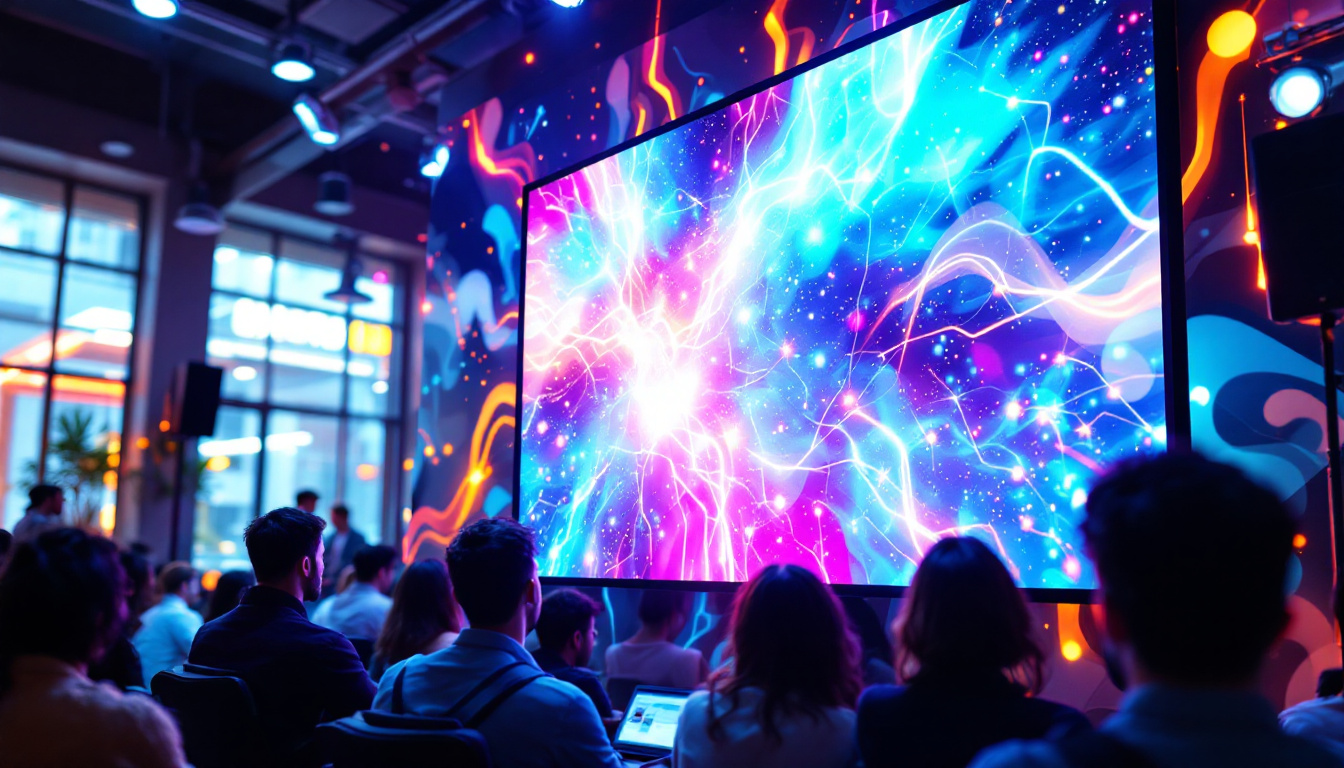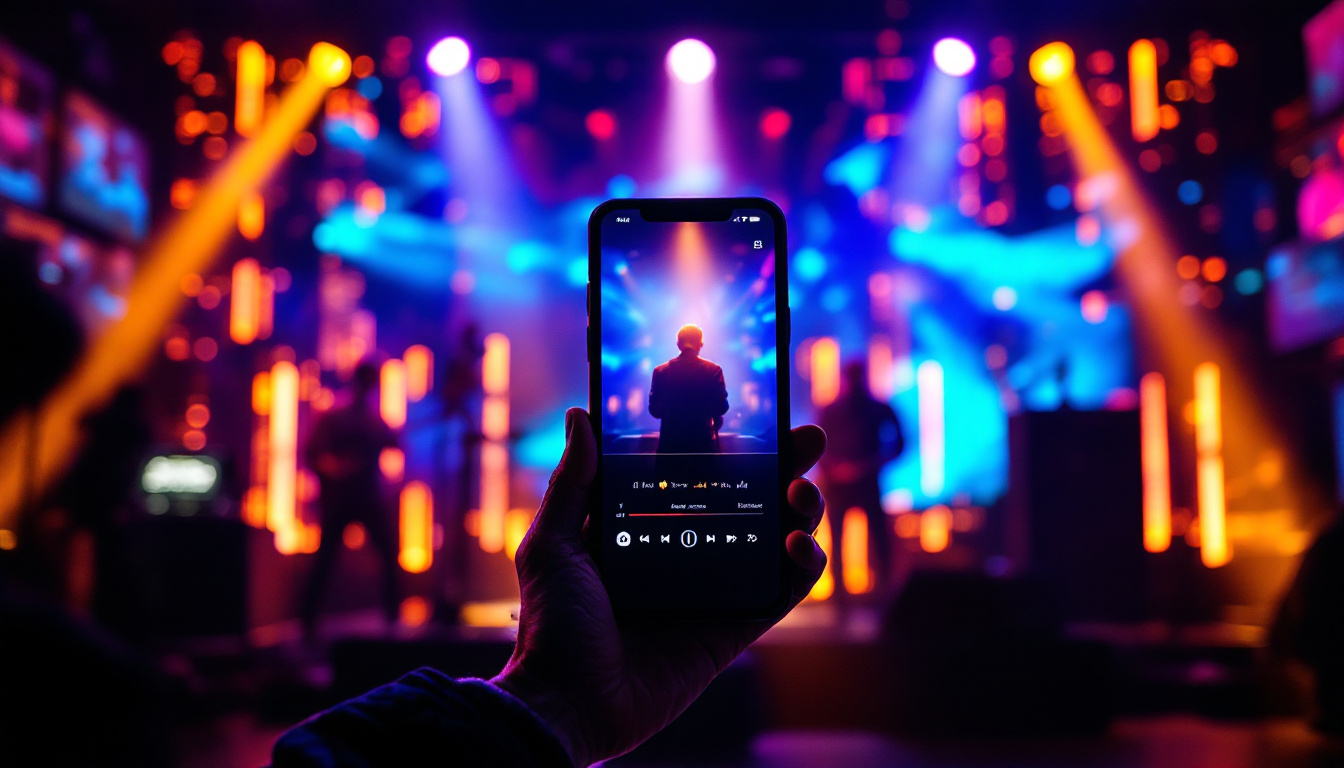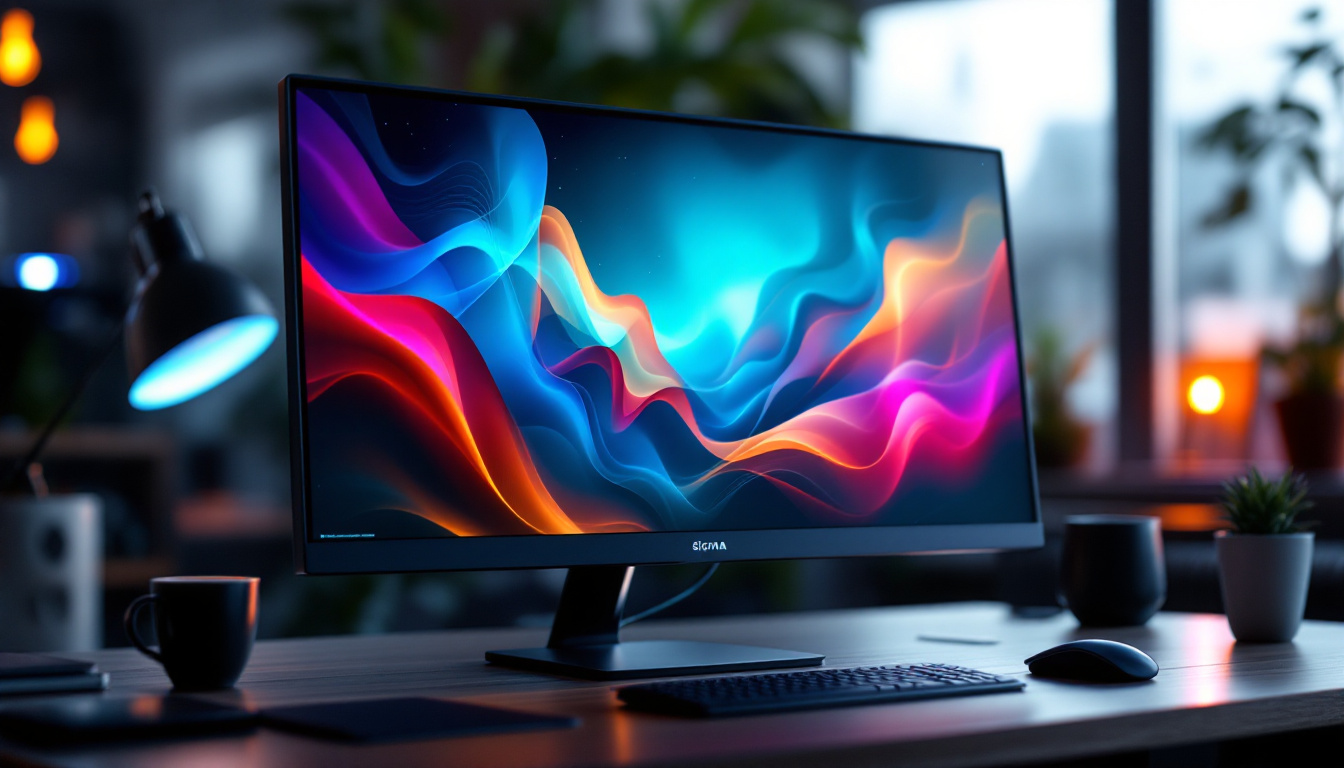World Biggest LED Screen: LED Display Explained
In the realm of modern technology, few innovations have captured the public’s imagination quite like LED displays. These vibrant screens have transformed the way we experience visual media, from advertising to entertainment. Among the many LED displays around the globe, one stands out as the largest: the world’s biggest LED screen. This article delves into the fascinating world of LED technology, exploring its applications, benefits, and the sheer scale of the largest display.
The Evolution of LED Technology
LED technology has come a long way since its inception. Initially used for simple indicator lights, LEDs have evolved into complex displays that can produce stunning visuals. This evolution has been driven by advancements in semiconductor technology, which have allowed for greater brightness, energy efficiency, and color accuracy.
From Indicators to Displays
The journey of LEDs began in the early 1960s with the development of the first visible-spectrum LED by Nick Holonyak. Over the decades, LEDs transitioned from being mere indicators to becoming integral components of displays. The introduction of RGB (red, green, blue) LEDs enabled the creation of full-color screens, paving the way for their widespread adoption in various applications.
As technology progressed, manufacturers began to produce larger and more sophisticated LED displays. This culminated in the development of large-scale outdoor screens, which have become a staple in urban environments, often used for advertising and public announcements. These massive displays not only capture attention but also serve as vital communication tools in bustling cities, providing real-time information such as news updates, weather forecasts, and entertainment content. The impact of these displays on urban aesthetics and consumer engagement cannot be understated, as they have transformed the way information is disseminated in public spaces.
Advancements in LED Technology
Recent advancements have significantly improved the performance of LED displays. Innovations such as microLED and OLED technologies have emerged, offering enhanced resolution and color depth. MicroLED, in particular, has gained attention for its ability to create displays with individual pixels that emit their own light, resulting in exceptional contrast and brightness.
These advancements have not only improved the quality of LED displays but have also made them more versatile. They can now be found in various formats, from large stadium screens to small handheld devices, catering to a wide range of applications. Furthermore, the integration of smart technology into LED displays has revolutionized their functionality. Smart LEDs can now connect to the internet, allowing for dynamic content updates and interactivity. This capability has opened new avenues for marketing, entertainment, and even education, as users can engage with content in real-time, enhancing the overall experience. The future of LED technology looks promising, with ongoing research and development aimed at making displays even more energy-efficient and environmentally friendly, ensuring that they remain at the forefront of visual technology for years to come.
The World’s Biggest LED Screen
The title of the world’s biggest LED screen is held by a massive display located in Times Square, New York City. This awe-inspiring screen measures an astounding 24,000 square feet, making it a landmark in the bustling heart of Manhattan. Its sheer size and vibrant colors have made it a popular attraction for both tourists and locals alike.
Specifications and Features
The massive LED screen in Times Square boasts a pixel pitch of just 10 millimeters, allowing for high-resolution images and videos. This means that viewers can enjoy sharp visuals even from a distance, making it ideal for the high-traffic area where it is located. The display is capable of producing over a billion colors, ensuring that advertisements and content are not only eye-catching but also true to life.
Additionally, the screen is equipped with advanced technology that allows for real-time content updates. This feature is particularly beneficial for advertisers, as it enables them to tailor their messages based on current events or audience demographics. The ability to display dynamic content has revolutionized advertising in public spaces, creating a more engaging experience for viewers.
Impact on Advertising and Entertainment
The world’s biggest LED screen has had a profound impact on advertising and entertainment. Brands have recognized the potential of this colossal display to reach a vast audience, leading to innovative marketing strategies. Companies invest heavily in creating visually stunning advertisements that captivate passersby, often incorporating elements of interactivity and augmented reality.
Moreover, the screen has become a venue for live events and performances. Concerts, sports events, and public celebrations are often broadcasted on this massive display, allowing thousands of people to enjoy the experience simultaneously. This has transformed Times Square into a vibrant hub of activity, attracting visitors from around the world.
Benefits of LED Displays
LED displays offer numerous advantages over traditional display technologies, making them a popular choice for various applications. Their energy efficiency, longevity, and versatility are just a few of the reasons why they have become the go-to option for many businesses and organizations.
Energy Efficiency
One of the most significant benefits of LED technology is its energy efficiency. Compared to traditional incandescent or fluorescent displays, LEDs consume significantly less power, resulting in lower energy bills and a reduced carbon footprint. This is particularly important for large-scale displays, which can operate continuously for extended periods.
Additionally, LED displays generate less heat, reducing the need for extensive cooling systems. This further contributes to their energy efficiency, making them an environmentally friendly option for businesses looking to minimize their impact on the planet.
Longevity and Durability
LED displays are known for their longevity, often lasting up to 100,000 hours or more. This durability is attributed to the solid-state nature of LEDs, which are less prone to damage compared to traditional display technologies. As a result, businesses can save on maintenance and replacement costs, making LED displays a cost-effective investment in the long run.
Furthermore, LED displays are designed to withstand various environmental conditions, including extreme temperatures and humidity. This makes them suitable for both indoor and outdoor applications, ensuring that they can perform reliably in diverse settings.
Applications of LED Displays
The versatility of LED displays has led to their adoption across a wide range of industries. From advertising to entertainment, their applications are virtually limitless. Understanding these applications can provide insight into the growing significance of LED technology in modern society.
Advertising and Marketing
One of the most prominent applications of LED displays is in advertising and marketing. Businesses leverage the eye-catching nature of LED screens to promote their products and services. The ability to display dynamic content allows advertisers to engage audiences in ways that static billboards cannot.
Moreover, LED displays can be strategically placed in high-traffic areas, maximizing visibility and reach. This has led to the rise of digital signage, where businesses can easily update their messages in real-time, ensuring that their advertising remains relevant and timely.
Entertainment and Events
In the entertainment industry, LED displays play a crucial role in enhancing the audience experience. Concerts, festivals, and sporting events often feature large LED screens that provide live feeds, replays, and visual effects. These displays create an immersive atmosphere, allowing attendees to feel more connected to the event.
Additionally, many theaters and performance venues utilize LED technology for stage backdrops and lighting effects. The versatility of LED displays enables creative staging, enhancing the overall production value of performances.
Public Information and Communication
LED displays are also widely used for public information and communication. Transportation hubs, such as airports and train stations, often feature LED screens that provide real-time updates on schedules and arrivals. This enhances the travel experience by keeping passengers informed and reducing confusion.
Furthermore, municipalities utilize LED displays for public announcements and emergency alerts. These screens can quickly disseminate important information to the public, ensuring that communities stay informed during critical situations.
The Future of LED Displays
The future of LED displays looks promising, with ongoing advancements in technology and an increasing demand for high-quality visual experiences. As the industry continues to evolve, several trends are likely to shape the future of LED technology.
Integration with Smart Technology
As smart technology becomes more prevalent, the integration of LED displays with IoT (Internet of Things) devices is expected to grow. This integration will enable more personalized and interactive experiences for users. For instance, smart LED displays could adapt their content based on audience behavior or preferences, creating a more engaging environment.
Moreover, the use of artificial intelligence (AI) in content creation and management will likely become more common. AI algorithms can analyze audience data to optimize advertising strategies, ensuring that businesses reach their target demographics effectively.
Advancements in Display Technology
Future advancements in display technology, such as flexible and transparent LEDs, will open up new possibilities for design and application. Flexible LED displays could be used in innovative ways, such as wrapping around structures or being integrated into clothing and accessories.
Transparent LED technology, on the other hand, allows for displays that blend seamlessly with their surroundings. This could revolutionize advertising and architectural design, creating visually stunning environments that enhance rather than detract from the aesthetics of a space.
Conclusion
The world’s biggest LED screen is more than just a technological marvel; it represents the culmination of decades of innovation in display technology. From its impressive size and vibrant visuals to its impact on advertising and entertainment, this colossal display exemplifies the potential of LED technology.
As LED displays continue to evolve, their applications will expand, shaping the way we interact with visual media in our daily lives. Whether in advertising, entertainment, or public communication, LED technology is set to play a pivotal role in the future of visual experiences, making it an exciting field to watch.
In a world increasingly driven by visual communication, the importance of LED displays cannot be overstated. They not only enhance our experiences but also redefine the way information is shared and consumed. As technology advances, the possibilities for LED displays are limitless, promising an exciting future for both creators and audiences alike.
Discover the Future of Visual Experiences with LumenMatrix
As you’ve seen, LED displays are transforming the landscape of visual communication, offering unparalleled vibrancy and versatility. If you’re inspired by the potential of the world’s biggest LED screen and want to explore how cutting-edge LED technology can amplify your message, look no further than LumenMatrix. As a pioneer in LED display solutions, LumenMatrix provides an extensive range of products, from Indoor and Outdoor LED Wall Displays to innovative LED Transparent Displays. Each solution is crafted to captivate and engage, ensuring your brand stands out in today’s fast-paced digital world. Check out LumenMatrix LED Display Solutions and join the revolution in visual communication.

